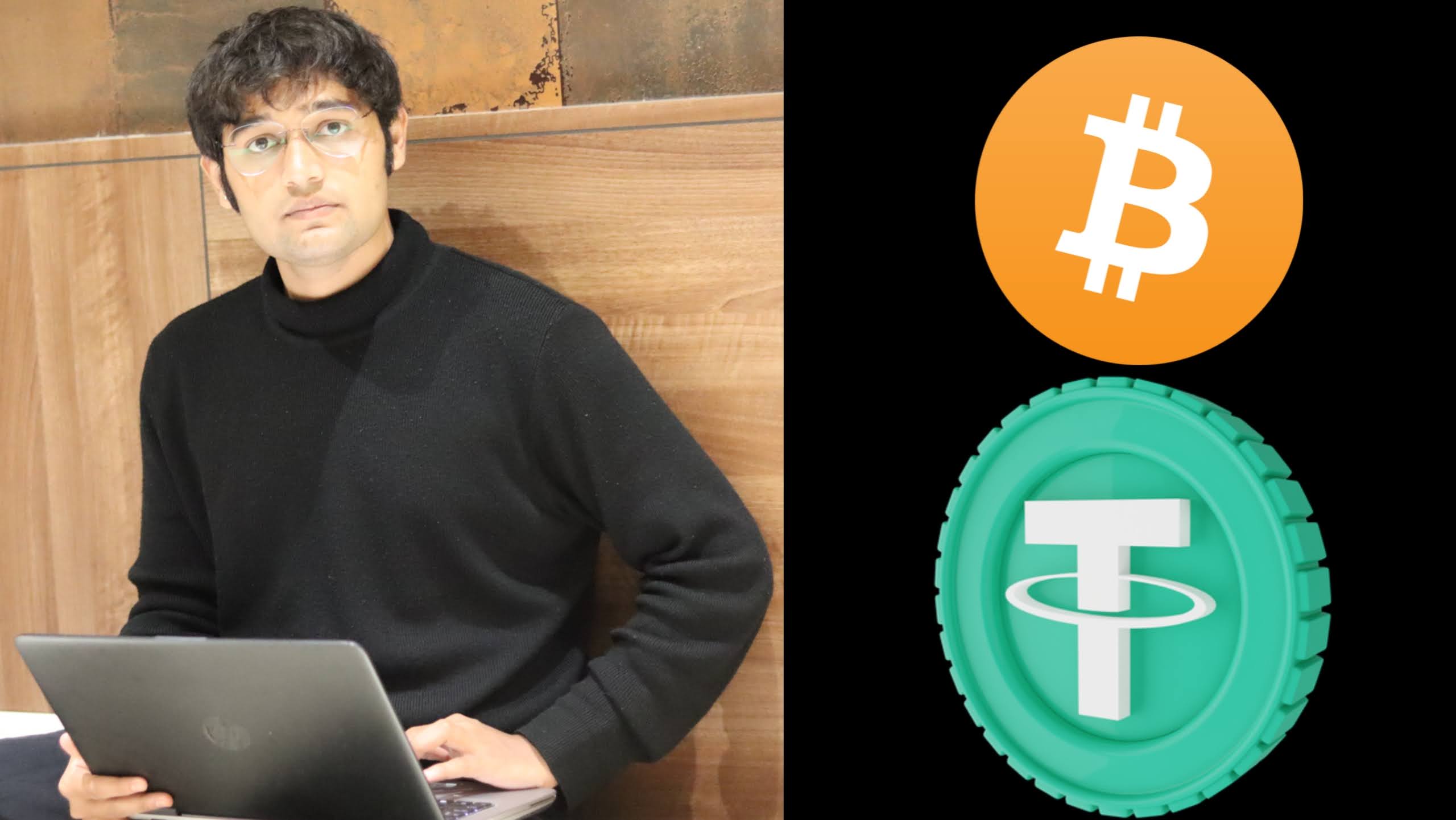Bitcoin vs Tether (USDT) Explained: Everything You Need to Know Before Investing – By Founder

Published on: [12/03/2025]
Author: Savan – Founder, Foundersch.com
Introduction
In the dynamic world of cryptocurrencies, two of the most talked-about digital assets are Bitcoin (BTC) and Tether (USDT). While they both operate on blockchain technology, they serve vastly different purposes in the crypto economy. One is known as “digital gold”, while the other is the most-used stablecoin.
If you’re planning to invest in crypto and are confused between Bitcoin and Tether, this article will explain everything you need to know—so you can make informed decisions with confidence.
What Is Bitcoin (BTC)?
Bitcoin is the first and most valuable cryptocurrency in the world. Created in 2009 by the mysterious figure Satoshi Nakamoto, Bitcoin was designed as a decentralized alternative to traditional currency. It is limited in supply, resistant to censorship, and operates without a central authority.
✅ Key Features of Bitcoin:
- Maximum Supply: 21 million coins
- Decentralized Network
- High Volatility
- Used as a store of value and investment
What Is Tether (USDT)?
Tether is a stablecoin—a type of cryptocurrency that is pegged to a real-world asset, usually the U.S. Dollar. Tether’s value is designed to stay close to $1 at all times, making it a popular choice for traders, investors, and institutions looking for price stability.
✅ Key Features of Tether (USDT):
- Pegged 1:1 with USD
- Low price volatility
- Fast and cheap transactions
- Ideal for crypto trading, transfers, and parking funds
Bitcoin vs Tether (USDT): Head-to-Head Comparison
| Feature | Bitcoin (BTC) | Tether (USDT) |
|---|---|---|
| Purpose | Store of value, investment | Stable medium of exchange, trading |
| Price Volatility | High | Very low (around $1) |
| Supply Limit | 21 million | No fixed limit (minted based on demand) |
| Decentralization | Fully decentralized | Centralized (controlled by Tether Ltd.) |
| Use Case | Long-term holding, hedge | Payments, quick transfers, stable savings |
| Investment Potential | High-risk, high-return | Low-risk, no price appreciation |
When Should You Invest in Bitcoin?
- If you’re looking for long-term capital growth
- If you want to hedge against inflation
- If you’re prepared for market volatility
- If you believe in the future of decentralized finance
When Should You Use Tether (USDT)?
- When you want to avoid price swings
- When you need to quickly move funds between exchanges
- When you’re taking profits in a volatile market
- When using DeFi apps for yield farming or lending
Pros & Cons
🔶 Bitcoin (BTC)
Pros:
- Scarce and deflationary
- High potential for long-term gains
- Widespread adoption
Cons:
- Highly volatile
- Not ideal for short-term savings
- Slower and more expensive transactions
🔶 Tether (USDT)
Pros:
- Stable value
- Low transaction costs
- Perfect for trading and remittances
Cons:
- Centralized and controlled by a private company
- Regulatory concerns
- No value appreciation
Founder’s Insight
“Think of Bitcoin as your long-term investment, like buying gold for the future. Tether is your digital dollar—great for stability, trading, and protecting your profits during bear markets. A smart crypto portfolio often needs both.”
– Founder, Foundersch.com
Can You Invest in Both?
Yes, and in fact, many smart investors do. Here’s how:
- Use Tether to enter or exit the market during volatility.
- Invest in Bitcoin when prices dip, using your USDT.
- Park funds in USDT when waiting for the next buying opportunity.
- Use Bitcoin for long-term holding, and USDT for flexibility and stability.
Top Platforms to Buy BTC and USDT
- Binance
- Coinbase
- Kraken
- KuCoin
- WazirX (for Indian users)
Make sure to always store your crypto in secure wallets, preferably hardware wallets like Ledger or Trezor, for long-term holding.
Final Thoughts
Both Bitcoin and Tether have their unique roles in the cryptocurrency ecosystem:
- Bitcoin is a high-risk, high-reward asset meant for long-term investment.
- Tether offers stability, liquidity, and easy access to trading or DeFi applications.
The best strategy is to understand your goals, assess your risk appetite, and diversify accordingly.





